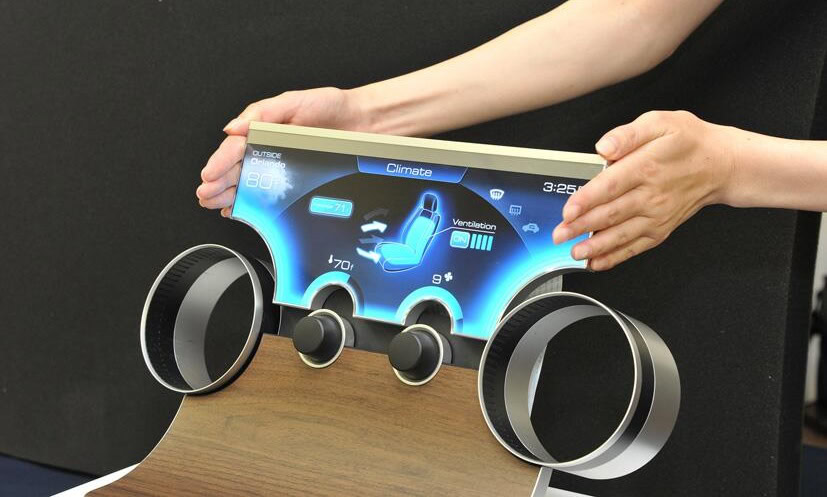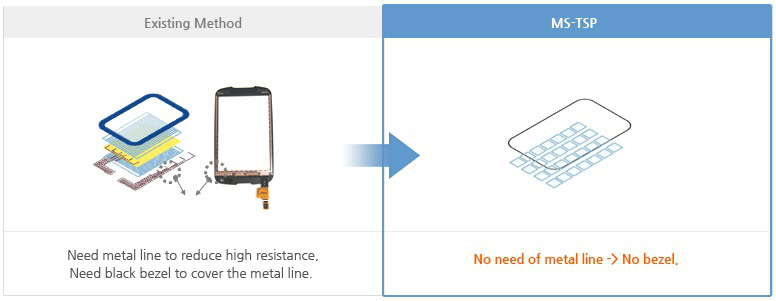Affiliate links on Android Authority may earn us a commission. Learn more.
Sharp Free-Form display opens the door for weird and wonderful designs

If the latest flagship smartphones are anything to go by, we can’t escape talking about displays and mobile devices. So here’s a little glimpse at a technology that might work its way into future smartphones. Sharp has been showing off its latest display innovation called “Free-Form”, which allows for displays that break free from the rectangular status-quo.
Sharps’ Free-Form display type uses its existing IGZO technology, and is based on the same idea that is enabling displays with ultra-thin bezels. With conventional panels, the display circuitry is housed around the outside, limiting the shape of the screen and the width of the necessary bezels. Sharp has overcome this problem by moving this “gate driver” function in between the pixels, allowing for ultra slim bezels and displays of all shapes and sizes.

We’ve already seen several display manufacturers begin pursuing slightly different display designs, more for aesthetic reasons than anything else. LG and Samsung both have their own curved smartphones, and the upcoming Moto 360 smartwatch will make use of a spherical rather than rectangular display. Perhaps Sharp is really onto something with this technology.
Although the focus of Sharp’s announcement has been around automotive implementations, the company noted that its Free-Form Display is pretty well suited for a range of applications, including the likes of wearable devices or oddly shaped smartphones. Sharp is only in the prototyping stage at the moment, but the company plans to begin mass production of these displays “at the earliest possible date”. Although, it will probably be a little while before any smartphone manufacturers decide to pick up the technology.
What do you think about breaking away from traditional device shapes? Is this something that you could see catching on in the smartphone or wearables markets?